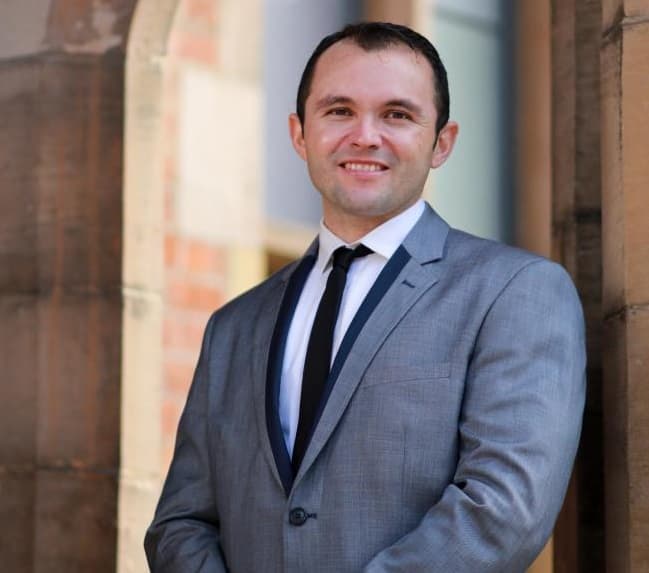New miracle material from Queen's researcher to revolutionize smartphones
A team of scientists, led by Dr. Elton Santos from Queen’s University, has finally managed to come up with a “miracle material†which if utilized successfully in smartphone manufacturing, can make your device perform way better in every aspect imaginable. How about an uncrackable screen? That’s one of the thousand possibilities in which this new material is going to contribute towards future of smartphones and tablets.

As we all know most of the major smartphone parts are made out of silicon and the derivative compounds which aren’t very durable but do cost a lot. Still, silicon is a staple material in smartphone industry and it has been the same since decades. Reason being, there is nothing else, electronically or otherwise, as efficient to replace it.
With a worldwide sale of 1.5 billion smartphones last year, manufacturers want to cut even steeper margins by using something more durable and less costly. Moreover, it’s high time and we need a technological turnover altogether.
Dr. Elton Santos from Queen’s University’s School of Mathematics and Physics, has been working on this same problem with top-notch scientists from Stanford University, University of California, California State University and the National Institute for Materials Science in Japan. The finding of their research shows that the so called “miracle material†has capabilities exceeding silicon which includes unpreceded conductive speeds without compromising chemical stability. On top of it, the new hybrid is lighter and comparatively more flexible and durable than silicon.
The possibilities are immense here; better battery life, lighter and stronger devices, lesser heat dissipation etc. But, the material is yet not ready. As of now its architecture lacks the ‘band gap’ which is must to be used as an electronic on-off switch. However, Dr. Santos’ team already has a potential solution- transition metal dichalcogenides (TMDs). It seems, we are not very far away from a revolutionary transition in smartphone industry. The finding has been published in the prestigious ACS Nano journal.
Source: #-Link-Snipped-#

As we all know most of the major smartphone parts are made out of silicon and the derivative compounds which aren’t very durable but do cost a lot. Still, silicon is a staple material in smartphone industry and it has been the same since decades. Reason being, there is nothing else, electronically or otherwise, as efficient to replace it.
With a worldwide sale of 1.5 billion smartphones last year, manufacturers want to cut even steeper margins by using something more durable and less costly. Moreover, it’s high time and we need a technological turnover altogether.
Dr. Elton Santos from Queen’s University’s School of Mathematics and Physics, has been working on this same problem with top-notch scientists from Stanford University, University of California, California State University and the National Institute for Materials Science in Japan. The finding of their research shows that the so called “miracle material†has capabilities exceeding silicon which includes unpreceded conductive speeds without compromising chemical stability. On top of it, the new hybrid is lighter and comparatively more flexible and durable than silicon.
The possibilities are immense here; better battery life, lighter and stronger devices, lesser heat dissipation etc. But, the material is yet not ready. As of now its architecture lacks the ‘band gap’ which is must to be used as an electronic on-off switch. However, Dr. Santos’ team already has a potential solution- transition metal dichalcogenides (TMDs). It seems, we are not very far away from a revolutionary transition in smartphone industry. The finding has been published in the prestigious ACS Nano journal.
Source: #-Link-Snipped-#
0
